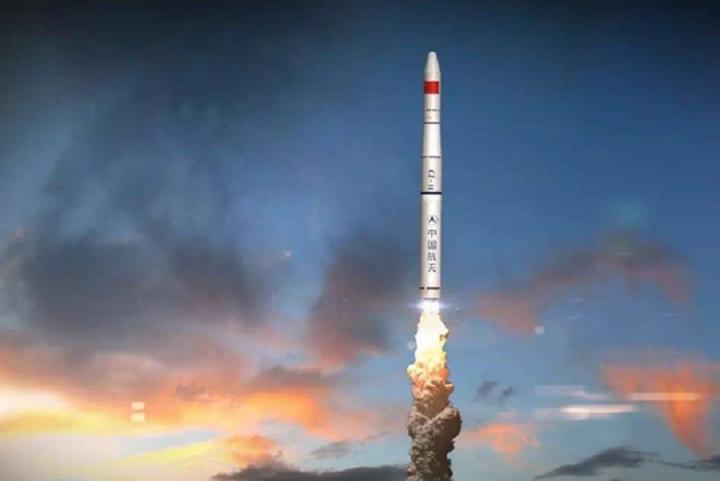1.03.2018

China is planning its first sea-launch of satellites carried by a Long March rocket, according to an aerospace official.
Yang Yiqiang, commander-in-chief of the Long March-11 rockets project of the China Aerospace Science and Technology Corporation, said that 2018 would see five launches of Long March-11 rockets, with four missions for commercial payloads on land, and one at sea.
"The sea launch will meet the growing needs for launching near-equatorial and low-inclination satellites, and improve the rockets' adaptability," Yang said. "The solid-propellant Long March-11 rockets have strong quick-response ability with low prices, which provide better, competitive services in space commerce."
Launches in the equator region are more fuel-efficient. They cost less but demand a more stable rocket performance, which is affected by sea waves and high temperatures.
Wenchang, centered at 11 degree east longitude and 19 degrees north latitude, in south China's Hainan Province, is the only launch center near the sea. As for missions with an inclination of zero to five degrees, the sea launch will fill the gap.
China started developing modern carrier rockets in 1956, and the Long March rockets have become the main carriers for China's satellite launches.
Quelle: Xinhua
---
Update: 4.03.2018
.
China to conduct sea launches for commercial payloads this year
China is expected to conduct sea launches for commercial payloads by Long March rockets this year, an ambitious year for China's space program with the largest number of Long March rocket launches, China Central Television (CCTV) reported Friday.
China is exploring new launch patterns for Long March rockets, and the country's first sea launch will be completed this year, Li Hong, director of the China Academy of Launch Vehicle Technology from the State-owned China Aerospace Science and Technology Corporation, told CCTV.
The Long March-11, the only solid-fuelled rocket in the Long March family, will be launched from the sea, Li said.
Countries in the equator region have had a growing need for launching near-equatorial and low-inclination satellites in recent years. When launching such satellites, the closer to the equator, the less carrying capacity it would lose, at a lower cost, CCTV reported.
"Latitude is very important for commercial communication satellites. Launching close to equator with low latitude could save rocket fuel, which would allow the rockets to carry more valuable equipment and the satellites could provide more information," Jiao Weixin, a space science professor at Peking University, told the Global Times Friday.
One major challenge for sea launches is sea waves, but China has developed a mature automatic control system and sea launch platform to ensure the stable launch, Jiao said.
2018 will see 36 launches of the Long March rocket series, with 14 missions carried out by Long March-3A rockets and six by Long March-2C rockets, Li said.
These missions will focus on sending BeiDou satellites into space to form a network for the domestic BeiDou Navigation Satellite and the launch of the Chang'e-4 lunar probe later this year.
Eight of the 14 Long March-3A rockets to be sent into space in 2018 will carry twin satellites, and the Long March-3A rocket family will fulfill 40 tasks from 2018 to 2020, Li said.
Li added that China has tackled the key technology of heavy-lift carrier rockets, and plans to send it into space by 2030.
The heavy-lift carrier rocket, with the diameter of 10 meters, will have a payload capacity of over 100 tons. It could be used for China's deep space exploration and manned lunar mission, according to the CCTV report.
The Long March rocket series has completed seven successful missions in 2018, with the Long March-3B rocket launched on February 12 from the Xichang Satellite Launch Center in Southwest China's Sichuan Province, the Xinhua News Agency reported.
Quelle: Ecns
